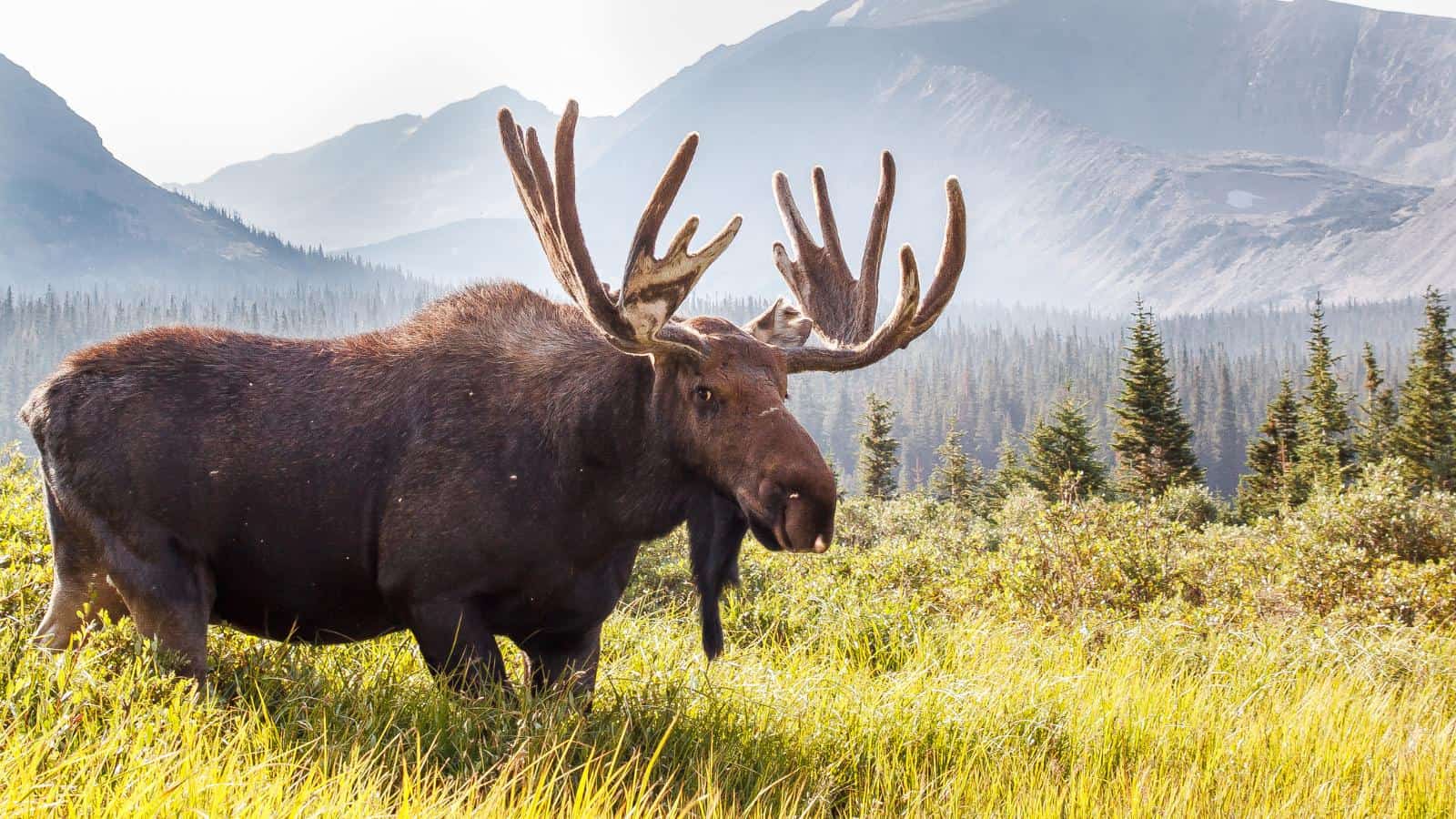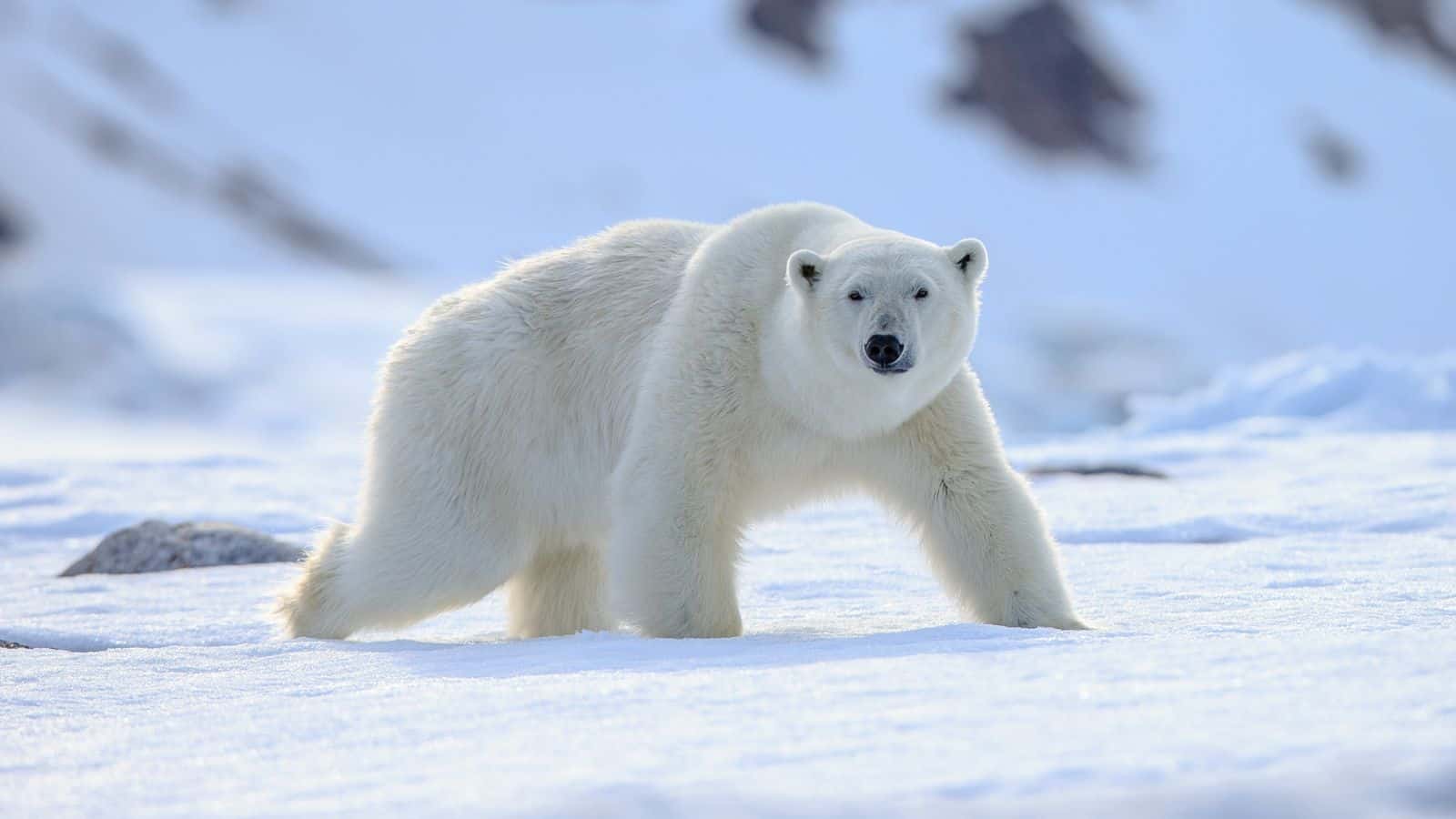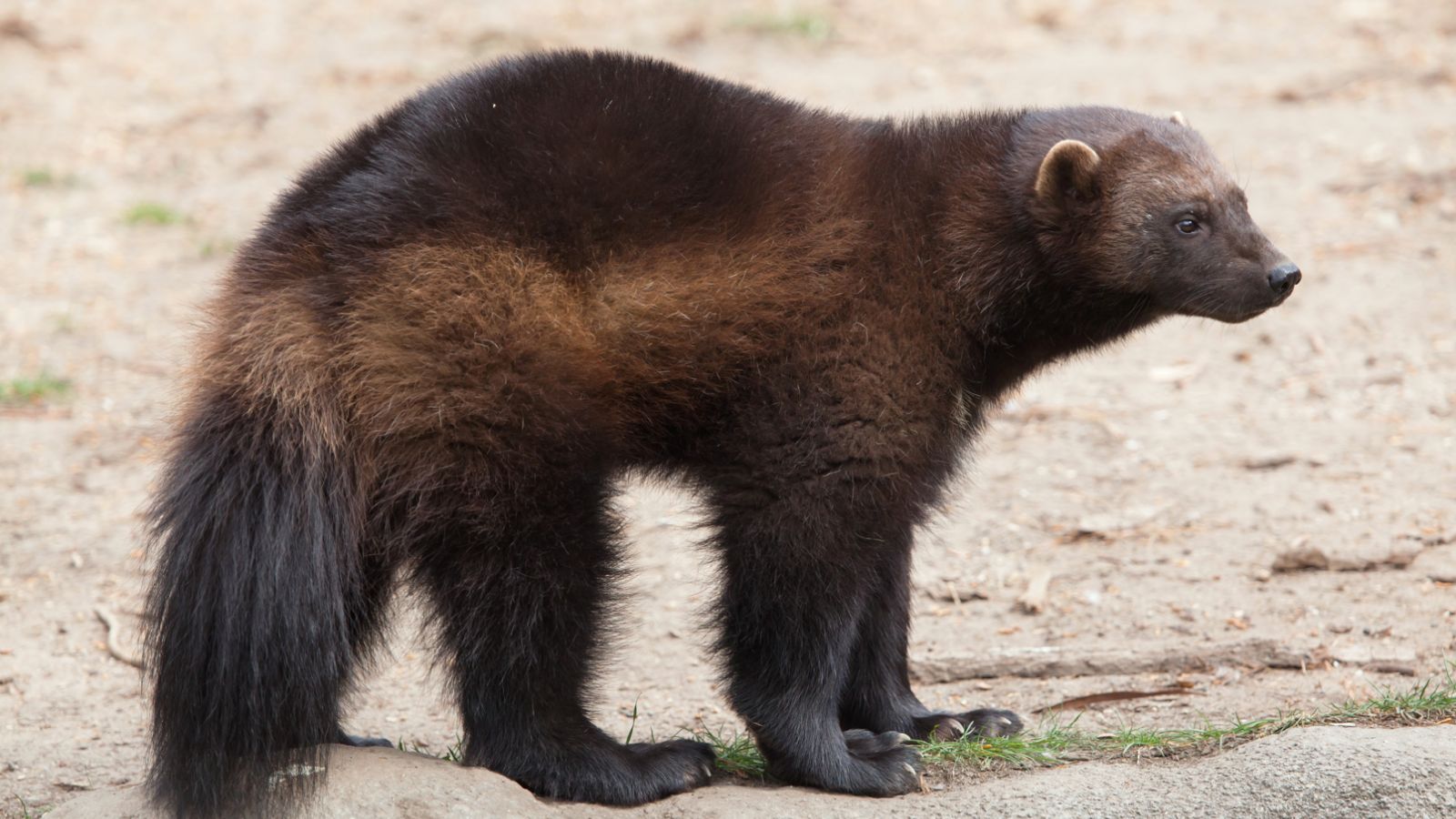North America has an abundance of deadly animals that injure and kill locals and tourists every year. The brown bear is the most lethal, and while other animals are less dangerous, they are no less terrifying. Here are 17 of the most scary animals to encounter in North America.
Grizzly Bear

This subspecies of the brown bear lives in Alaska, Canada, the Northwest, and Yellowstone and Grand Teton National Parks. Britannica notes, “Large adult grizzlies may be about 2.5 meters (8 feet) long and weigh about 410 kg (900 pounds).” They are known for their poor eyesight, sprinting speeds of 35 mph, and being infamous for attacking humans without provocation.
Moose

The moose is the tallest land animal in North America, famous for its massive size and distinct antlers. Moose have been hunted since the Stone Age, and while they are generally not aggressive, car collisions with them are particularly dangerous due to their size and height.
Black Widow Spider

Although bites from the black widow spider are rare in North America, their neurotoxic venom can cause severe muscle pain and spasms. This spider genus prefers dark, undisturbed places, and the prevalence of sexual cannibalism in females inspired their name and eerie reputation.
American Alligator

Smithsonian’s National Zoo argues that this species is a conservation success story after its population recovered from the brink of extinction. Its armored body, muscular tail, and tremendous bite force make it a fearsome predator.
Mountain Lion

According to the National Wildlife Federation, “The mountain lion’s range spreads all across the Americas, from the Canadian Yukon to the Strait of Magellan, the greatest range of any living mammal in the Americas.” These cats can weigh up to 220 pounds, and although attacks on humans are rare, as humans continue to move into their range, attacks become more likely.
Coyote

This canine species has adapted well to urban environments as metropolitan areas have grown in North America. Urban coyotes tend to live longer than their wild counterparts, rarely attack humans, and are infamous for preying on small dogs and cats.
Bull Shark

Unlike most sharks, this species can thrive in salt and freshwater, including rivers close to human populations in North America, notably the Potomac River in Maryland and the Mississippi River as far upstream as Alton, Illinois. Bull sharks are infamous for their aggression and unpredictability and are considered one of the most dangerous shark species to humans.
Rattlesnake

Every known rattlesnake species is native to the Americas, but as Britannica notes, they “are most abundant and diverse in the deserts of the southwestern United States and northern Mexico.” While rattlesnakes are fairly timid, their venomous bite is excruciating.
Canadian Lynx

The Canadian lynx is primarily nocturnal and solitary, rarely encountered by humans. Their diet heavily relies on snowshoe hares, and their hunting skills are adapted to snowy environments. Climate change and human encroachment into their natural habitat have pushed them closer to human settlements.
Brown Recluse Spider

The brown recluse spider’s bite contains necrotic venom that can cause significant tissue damage, but it generally avoids biting humans. True to its name, it prefers undisturbed places, frequently building its webs in closets, garages, woodpiles, and sheds.
Polar Bear

The polar bear is a fearsome apex predator that plays a crucial role in the Arctic ecosystem. Global warming is threatening their habitat. WWF notes that “as their sea ice habitat recedes earlier in the spring and forms later in the fall, polar bears are increasingly spending longer periods on land, where they are often attracted to areas where humans live.”
Wolverine

Wolverines are famous for their ferocious fighting style, often taking down much larger prey than themselves. Highly territorial, they can become aggressive if they feel threatened, and they are known for their ability to adapt to harsh climates.
American Bison

The American bison is one of North America’s largest land animals and almost went extinct in the 1870s. Their numbers have since rebounded, which has led to increased human interaction, and they are now primarily raised for their meat, wool, and dairy products.
Red Fox

While the red fox generally poses no threat to humans, it is known for raiding chicken coops and attacking pet cats. The CDC warns that all fox bites must be considered a potential exposure to rabies, as foxes are known to carry the disease.
Bald Eagle

The bald eagle is the national bird of the U.S. and is revered. It appears on the Great Seal. Britannica notes that the species preys “on other birds, small mammals, snakes, turtles, and crabs, and they readily eat carrion.” In the late 20th century, it was on the brink of extirpation in America, but its populations have since recovered.
Great Horned Owl

This owl is a nocturnal predator that hunts rabbits, rats, voles, and other small mammals, birds, amphibians, and invertebrates. They will aggressively defend their nest from those who venture too close, and they are often associated with wisdom in folklore.
Jellyfish

The most common jellyfish in the U.S. are box jellyfish, cannonball jellyfish, and subtropical jellyfish. The box jellyfish is particularly deadly, with venomous tentacles that can cause victims paralysis, severe pain, and even death.
Read More: 17 Things Society Can No Longer Do Because Gen Z Said So

Gen Z, our digital-native, trendsetting generation, is making waves in the cultural sea, steering the ship of societal norms in fresh and unexpected directions. As they charter new territories, there are certain practices they’d rather we say goodbye to. Curious? Let’s take a look at 17 things the rest of us can no longer do because Gen Z said so.
17 Things Society Can No Longer Do Because Gen Z Said So
18 Common Traits Found in Adults Who Had Unhappy Childhoods

Being a parent is a hard job, so even those who are truly trying their best will often miss the mark on creating the best environment for their children. Unfortunately, this means that many of us grow up with far-from-perfect childhoods that affect us into adulthood. Here are 18 common traits found in adults who had unhappy childhoods.
18 Common Traits Found in Adults Who Had Unhappy Childhoods
18 Things Old People Just Can’t Get On Board with Today

Over the past few decades, society has evolved, and with it, so have a few things that older generations find it uncomfortable to get the hang of. While younger generations are easily able to adapt to these changes, some of which are drastic, others may be struggling slightly. Here are 18 things the elderly may have difficulty learning.
18 Things Old People Just Can’t Get On Board with Today
19 Big Mistakes People Make After Losing a Spouse

Losing a spouse is one of life’s most tragic experiences, and when we’re overwhelmed by grief, we might make some decisions that we’ll later regret. Here are 19 mistakes people make after losing their spouse.
19 Big Mistakes People Make After Losing a Spouse
20 Time-Honored Practices Our Grandparents Followed That We Should Bring Back

Our grandparents had a far simpler life. There was no such thing as social media. Instead, there was more walking and meals were always fresh and homemade. With so many things keeping us busy nowadays, sometimes life would seem much easier if we lived the way our grandparents did.
20 Time-Honored Practices Our Grandparents Followed That We Should Bring Back
